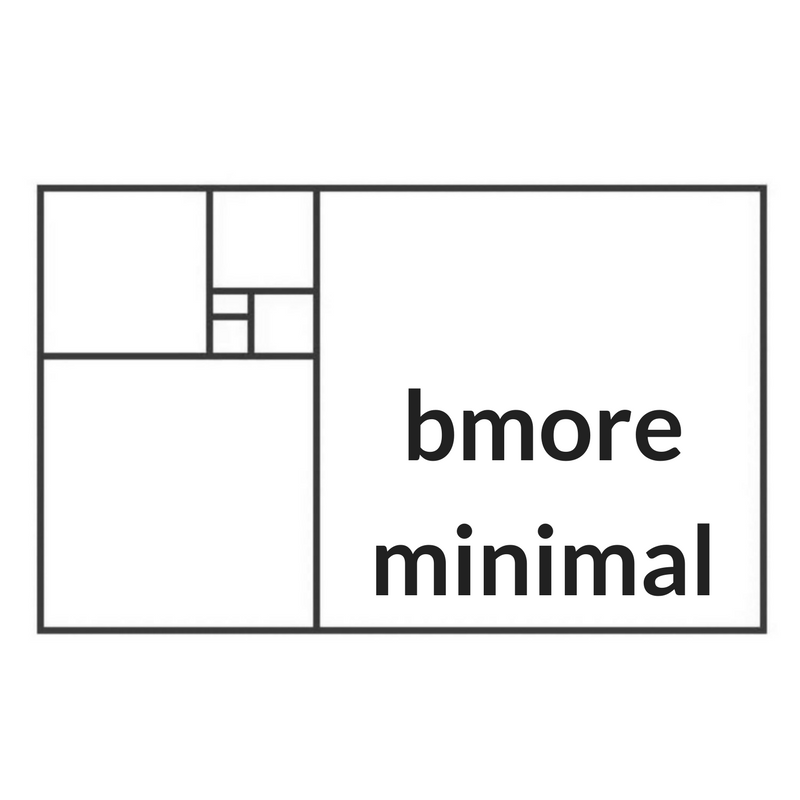We can free up so much space in our kitchen if we’re willing to cull those objects that only serve one, hyper-specific purpose.
Let’s interrogate our gadgets with three simple questions, adapted from Sam Bennet's work at The Organized Artist:
Is there an alternative to the tool that would work just as well?
Do you do that job so frequently that your life would be markedly easier with that specific tool?
Is the tool challenging to store, to keep in working order, to keep clean?
Sam Bennett calls this the Corkscrew Test. For her, and for me, a corkscrew is worth owning even though it doesn’t serve multiple purposes like a pot or knife. Read on...
Object: Corkscrew
Is there an alternative tool that would work just as well?
I suppose I could technically shove the cork into the bottle with a knife or the handle of spoon, but that would probably get cork crumbs in my wine. I could try the internet’s dozen ways of opening a bottle without one, but many of them involve repeatedly thwacking a bottle against a wall. Hard pass.
A corkscrew is hands down the best and easiest way to open a bottle of wine.
Do you do that job so frequently that you’re life would be markedly easier with that specific tool?
I’ll open a bottle of wine every week or so, and a couple of bottles for parties at the house. I save a lot of time and energy using a corkscrew, not to mention sparing myself a great deal of embarrassment.
Is it challenging to store, to keep in working order, to keep clean?
Not at all. It’s small, it lays flat in a drawer, it doesn’t require replacement parts, and it’s easy to keep clean.
Verdict: I can own a corkscrew guilt-free. (Full disclosure, my corkscrew is also a beer bottle opener, so *technically* it is a multi-purpose tool.)
Here's another:
Object: Avocado Tool
Is there an alternative tool that would work just as well?
Yes, a knife. I already own three that could suffice.
Do you do that job so frequently that you’re life would be markedly easier with that specific tool?
Using a knife thus far hasn’t been that aggravating, so no, preparing an avocado with the specific tool wouldn’t be markedly easier.
Is it challenging to store, to keep in working order, to keep clean?
It’s not bulky. I’d probably hand wash it considering all the nooks and crannies in the tool, but it is dishwasher safe.
Verdict: I’ll stick with the knife.
For me, a rice cooker fails the corkscrew test, but a salad spinner passes. A bread maker fails, but reusable stainless steel straws pass.
How about you? Maybe an apple slicer makes no sense for your lifestyle. Or maybe an apple slicer helps your prepare a healthy snack for your kids after school and you'd be lost without it. You get to decide.
Which objects pass your corkscrew test? Celebrate them.
Which hyper-specific tools don’t deserve prime real estate in your kitchen? Let them go.

